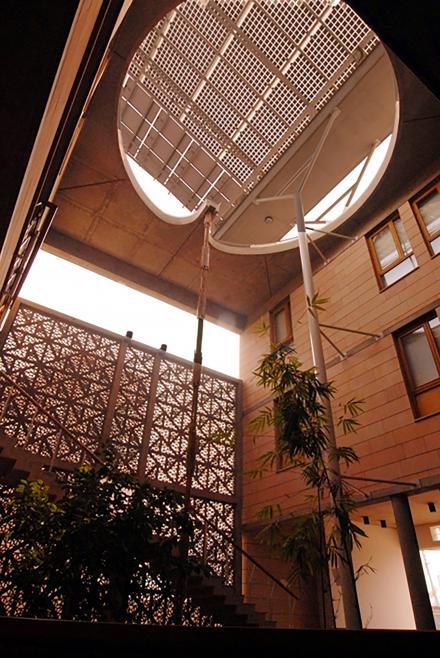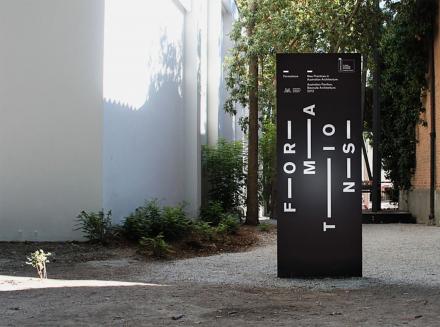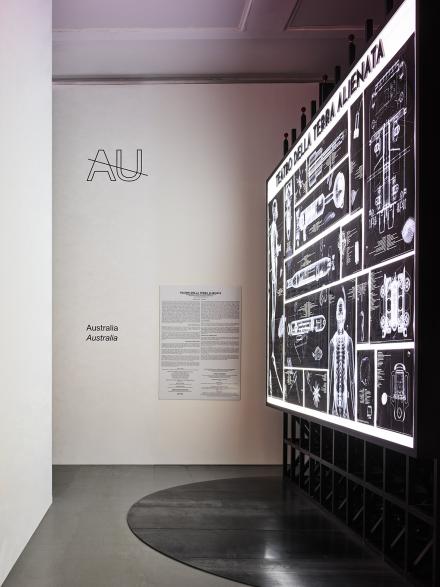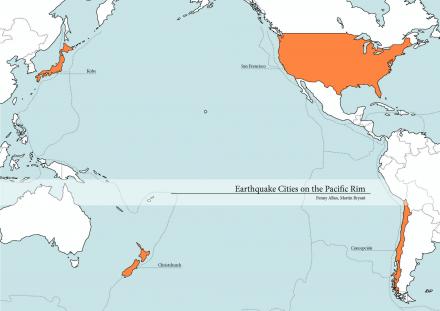This study is the first systematic analysis of building energy emissions in tandem with commuting emissions where the latter is influenced by work place location and network connectivity. It aims to investigate greenhouse emissions of office workers in Sydney by drawing on census data, national building energy benchmarks as well as journey-to-work information.
Comparing work locations in the Sydney CBD and Macquarie Park Corridor with metro-wide averages, this research finds that building emissions dominate over commuting emissions across the city, but that commuting is increasingly important as building energy efficiency increases. Furthermore, the results indicate that efforts to improve a building’s energy efficiency at Macquarie Park are largely negated by high reliance on car travel, despite the introduction of the Epping-Chatswood train line.
The study reveals that in the absence of network connectivity, the benefits of improving a building’s energy efficiency can be largely negated by its location. This is especially true for buildings with higher energy star ratings in non-CBD locations. Furthermore, given that office emissions are a function of both building energy and space efficiency, it is clear that improving building energy efficiency and office-space utilisation, with enhanced network connectivity across the city, delivers the best opportunity for reducing workplace carbon cost.
Read more: The Carbon Cost of Work: Impacts of Office Building and Commuting Energy in Sydney Workplaces, published in Urban Policy and Research 2015, and radio interview.








